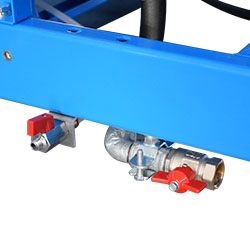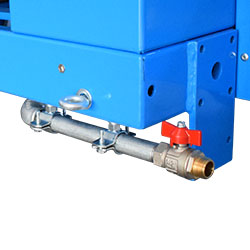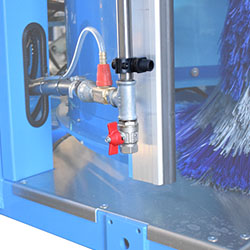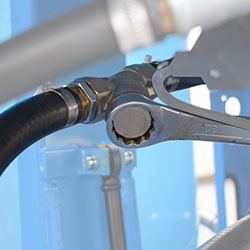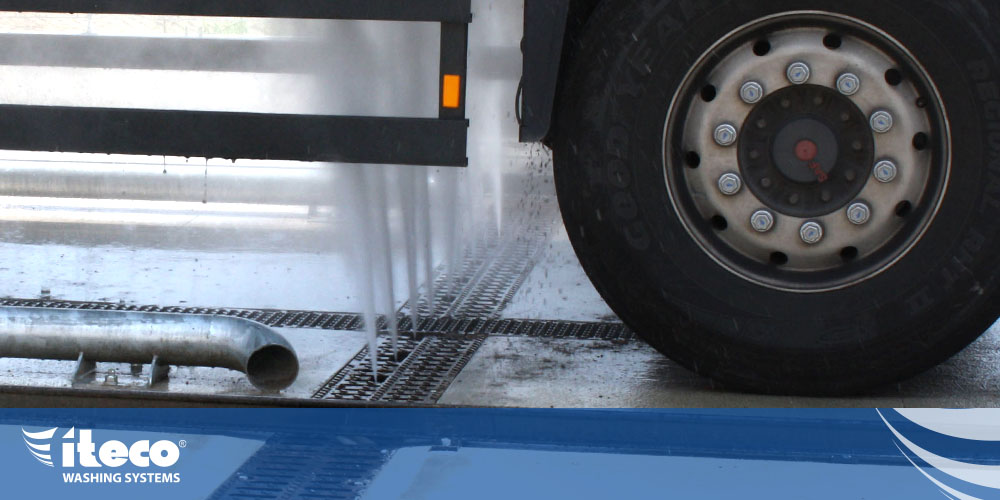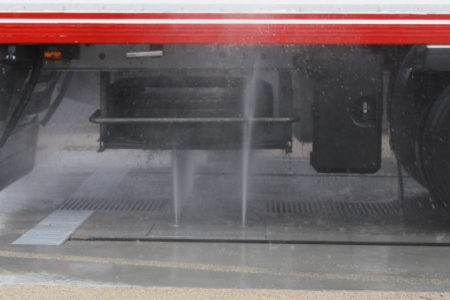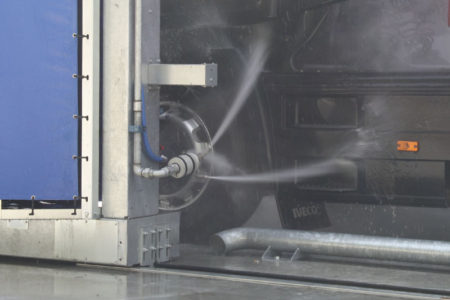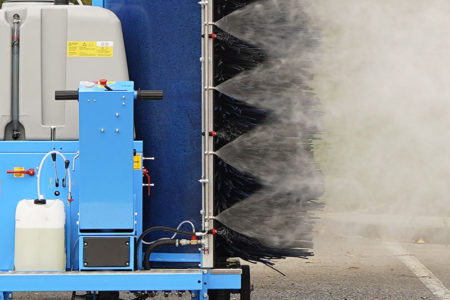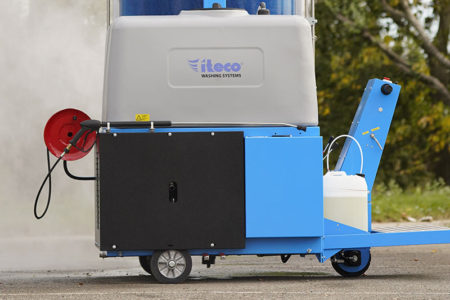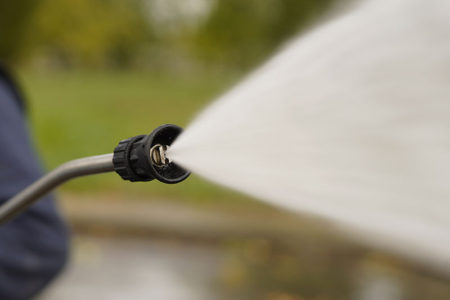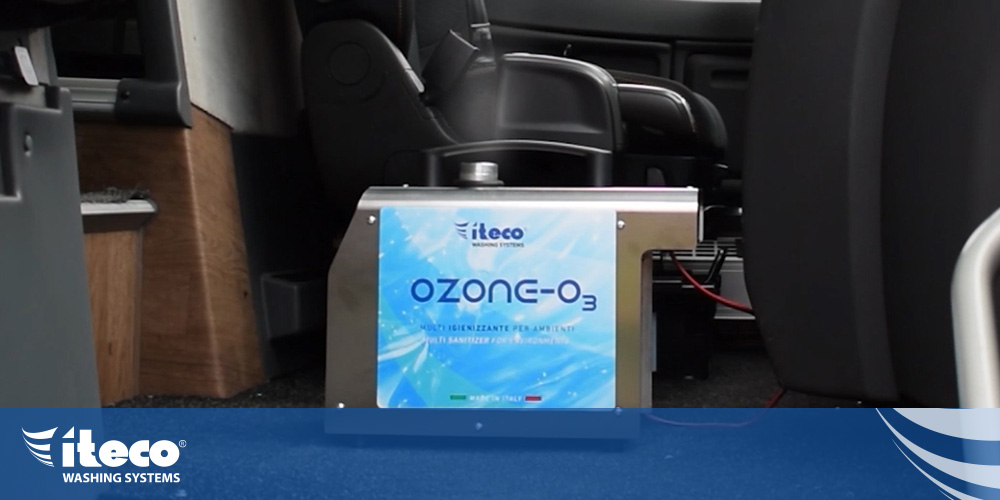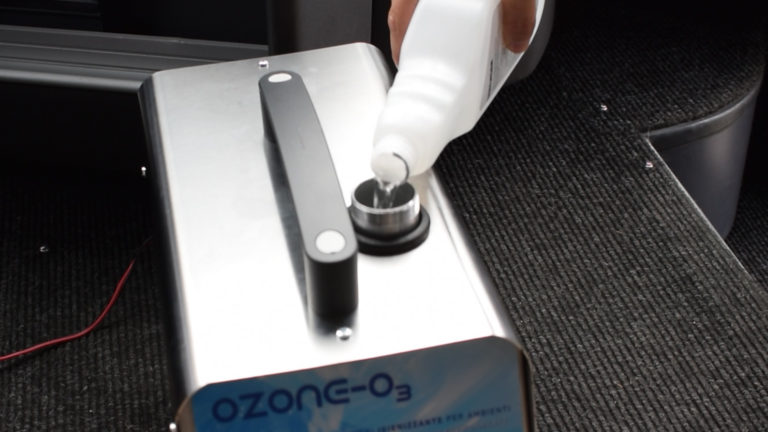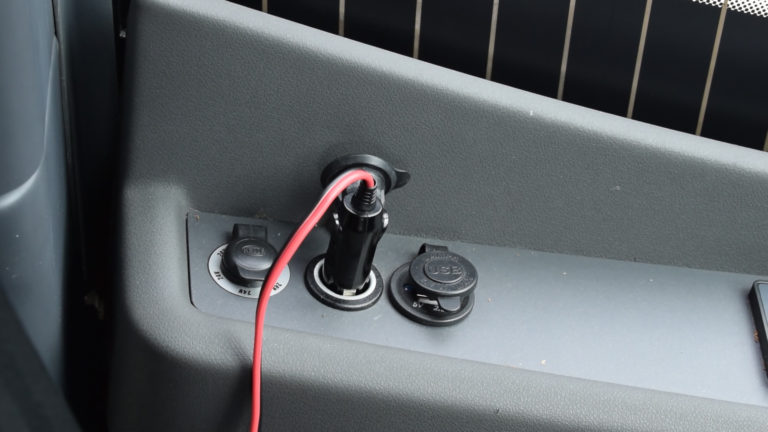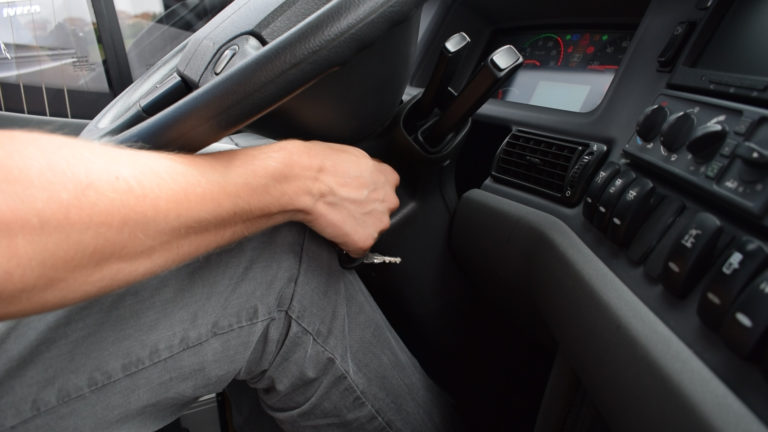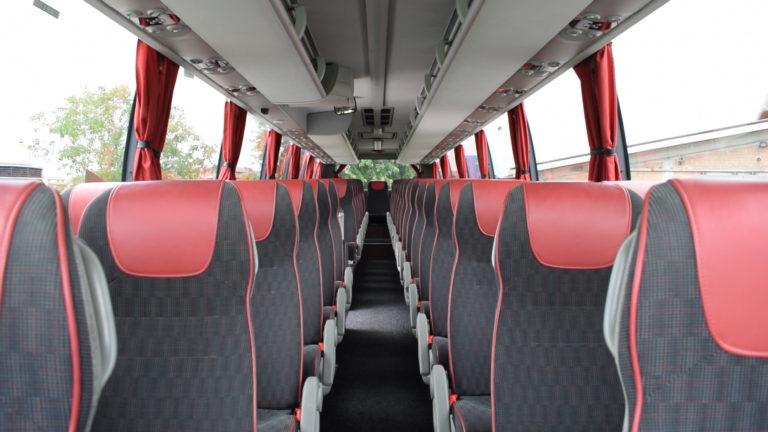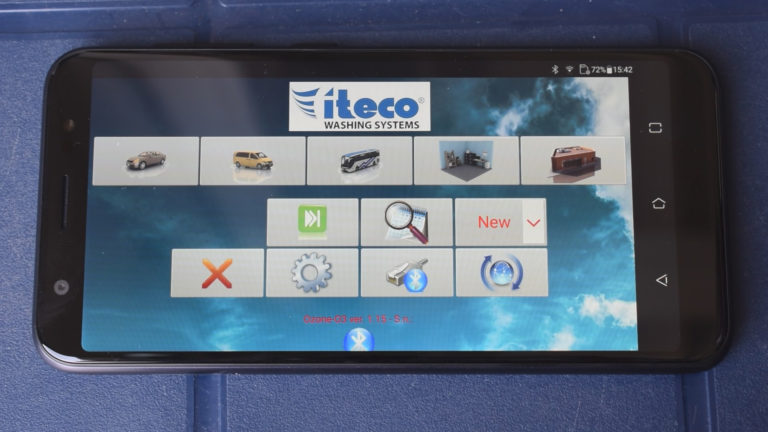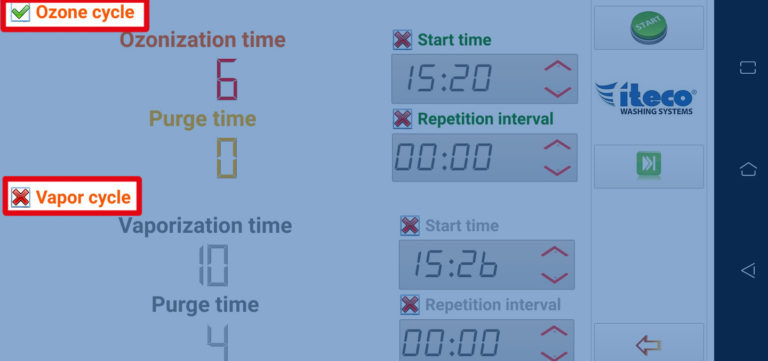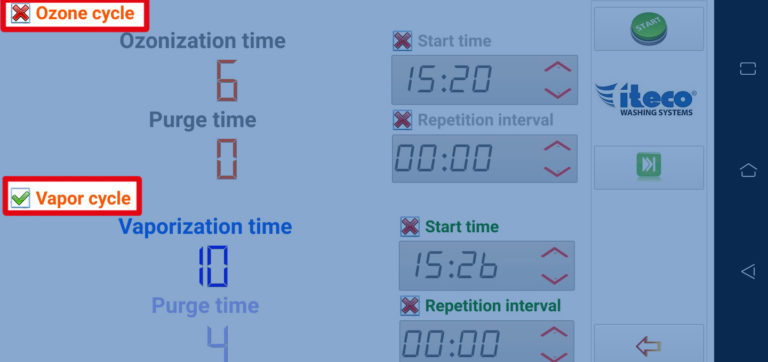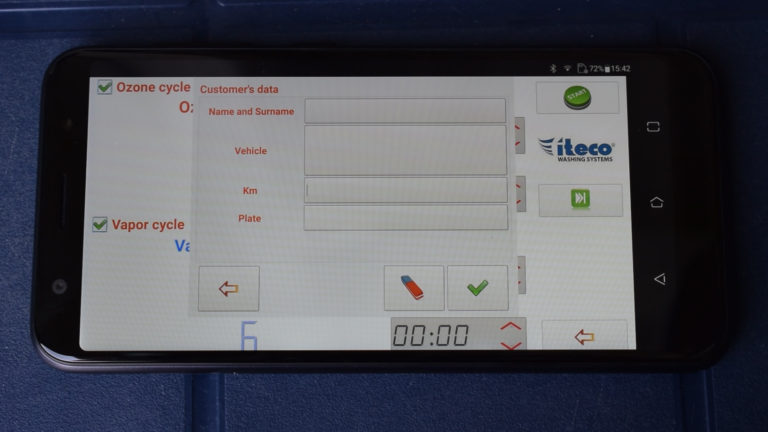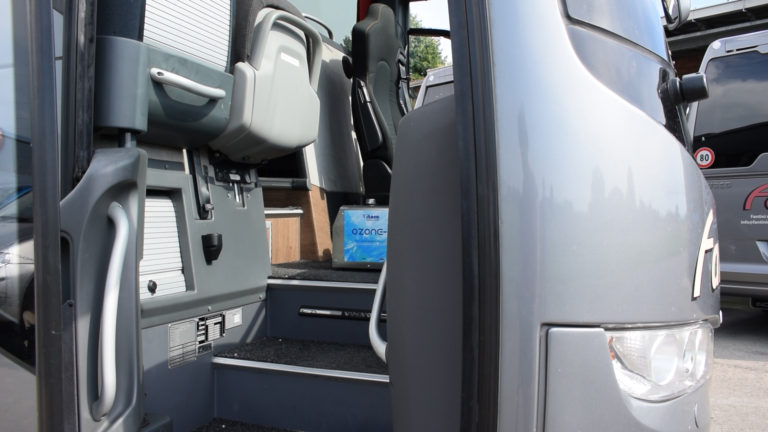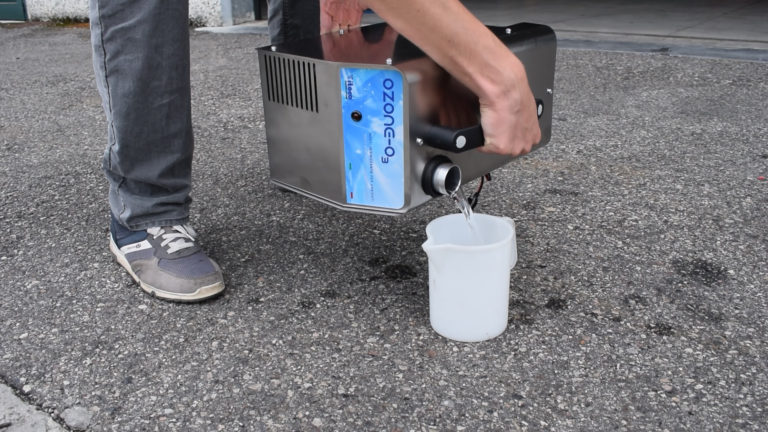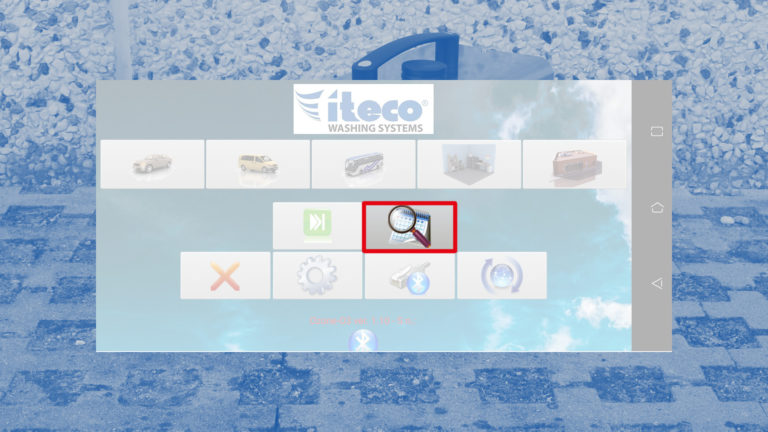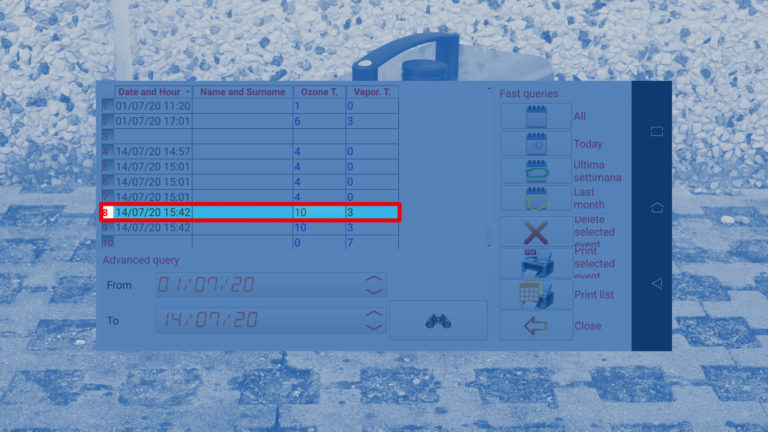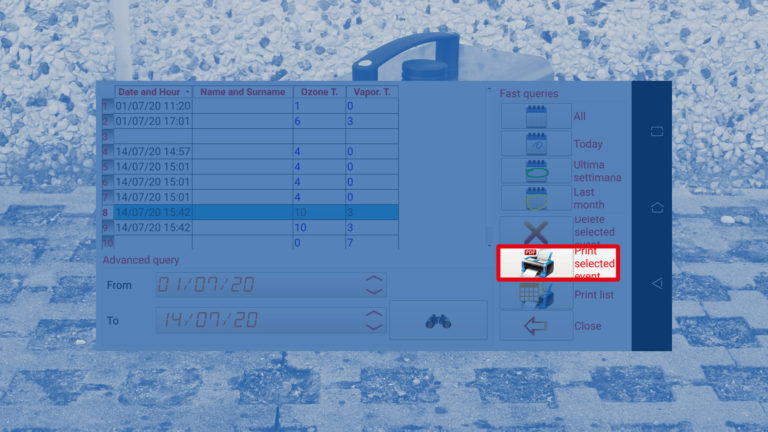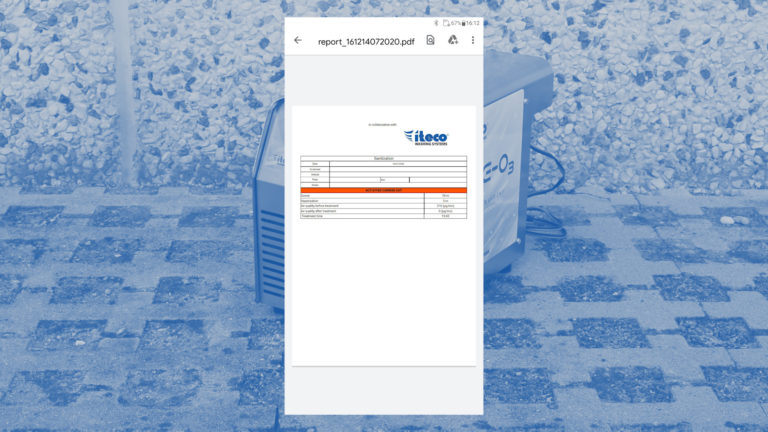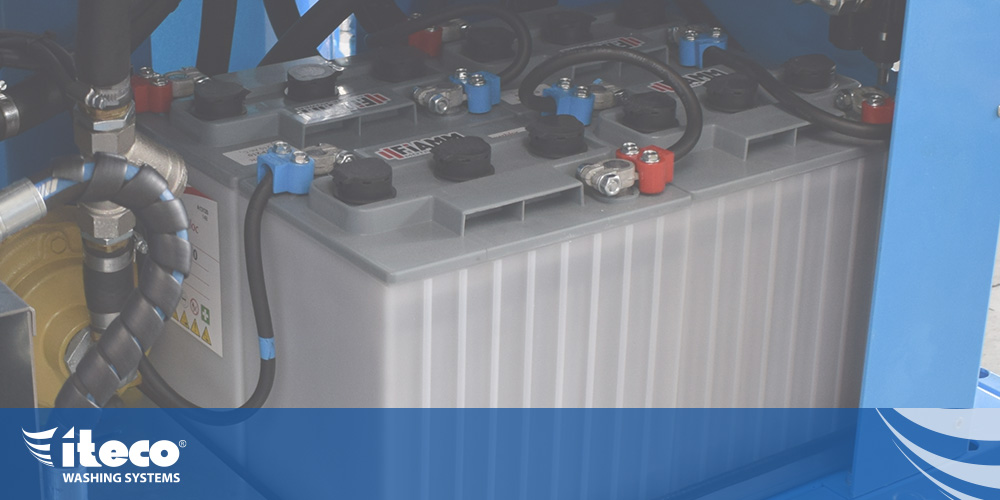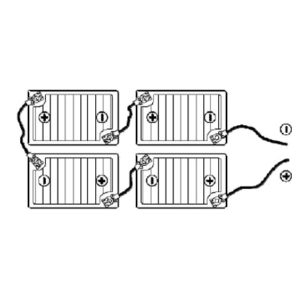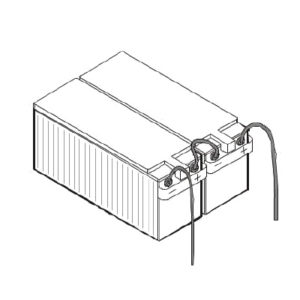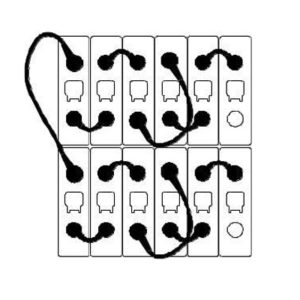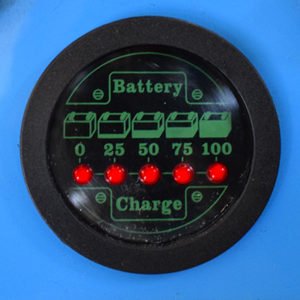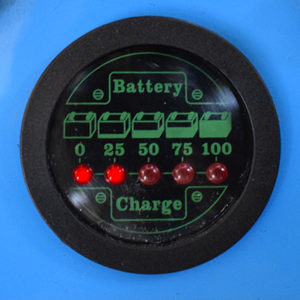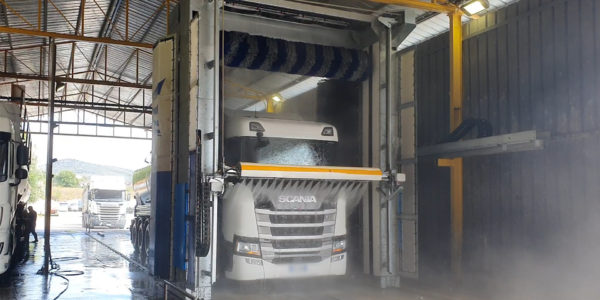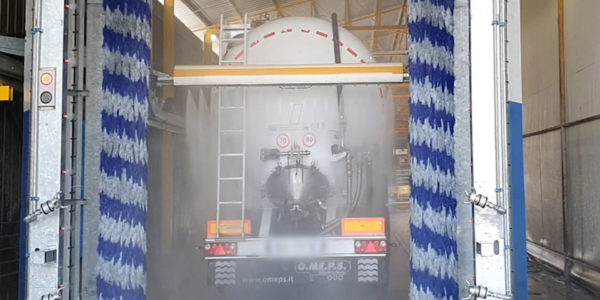Overview of sanitation operations: difference between detergent products and degree of effectiveness in neutralizing micro-organisms.
Sanitation is a set of processes aimed at eliminating dirt and harmful micro-organisms present in a specific area. For those who do not work in the sectors dedicated to the cleaning or sterilization of places and objects, they tend to ignore that operations such as cleaning, sanitation and disinfection are different methods of treatments classified according to the effectiveness in neutralizing organisms harmful to health.
In this article we want to clarify the difference between these terms and make it clear in which cases their applications are needed.
Cleaning
These are all those operations in which detergent products are used to eliminate dirt visible to the naked eye: mud, dust, grease, liquids, organic material, etc. These operations do not guarantee the neutralization of micro-organisms harmful to health such as viruses, bacteria or fungi, however it is an indispensable operation for the purposes of the subsequent phases of sanitation and disinfection.
Sanitation
These are those cleaning processes that help eliminate part of the microbiological contamination present in an area that cannot be removed with ordinary cleaning. In this procedure, detergent products are applied that do not have proven disinfectant properties, but they help to reduce the microbiological load and bring it back to acceptable parameters based on the intended use of the environments concerned. Sanitation must always be preceded by cleaning.
Disinfection
It is the only cleaning process that involves the use of biocidal products capable of destroying or inactivating pathogenic microorganisms through a chemical reaction or physical action. Disinfectant products are defined as such by the competent authorities (such as the Ministry of Health) after a series of tests in which their degree of biocidal efficacy on bacteria, viruses and / or fungi are tested. Disinfection must be preceded by cleaning to prevent dirt residues from compromising the effectiveness of this process



